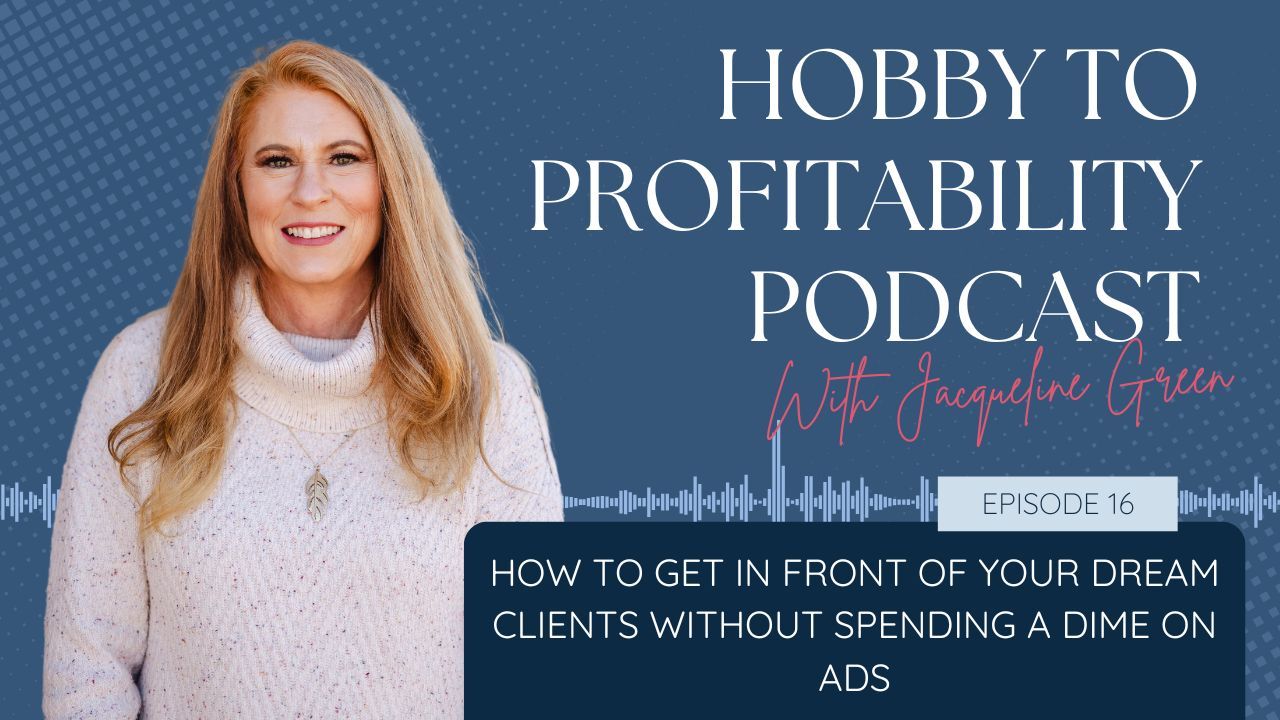10 Business Referral Avenues to Help Grow an Interior Design Business
Sep 27, 2021
Imagine sitting at your desk, wondering where the next job will magically appear when you receive a random call asking for an introductory design meeting. You are pleasantly surprised by the call, although you aren’t sure how the person got your name, only to find out it was through a referral from someone you met three years ago. You barely remember meeting the person that referred you, but what a great surprise. That is how business referrals work, and those referrals can be instrumental in growing an interior design firm.
The relationships you are building today may very well be your best lead source in two, three, or more years later. But where do you start, and who is a good business referral opportunity. In this article, we discuss the best business referral avenues for interior designers and tips on reaching those who can help you grow your business.
Let’s start by taking a look at the top 10 best avenues to generate business referrals.
10 Best Business Referral Avenues for Growing an Interior Design Business
- Existing Customers – Existing customers are your number one opportunity for business referrals because your past customers know you well, from your design aesthetic to how you work. They are also your strongest advocates. Your prospects will take advice from a personal connection where they can see your work, i.e., their friend’s house.
- Realtors – Realtors are a great resource in both residential and commercial spaces. They have a business relationship with those buying a new house or leasing a new space. They also have a trusted relationship with their client and can make recommendations that fit their client’s specific needs.
- Contractors – Contractors often are called into the process early and can identify when a designer is needed. They value having someone responsive and attentive to call when a design is an issue. You may already work with general managers at construction companies on previous or current jobs. These folks often know when jobs are being considered and what is happening in their geographic region.
- Builders – Along the same lines as contractors are builders. New home building is at a premium growth pace. Connecting with higher-end builders can result in new design opportunities. The builder may need help managing the client relationship as it relates to finishes and materials. It is an easy proposition for the builder to bring in a designer in the planning stages.
- Property & Facility Managers – Property and facility managers are responsible for their tenants. They know when a business is moving in or moving out. They also provide recommendations to tenants when upgrades are needed, as well as hire designers for upgrades within a building.
- Financial Advisors or CPAs – Financial advisors and CPAs have a similar clientele as interior designers. Typically, their clients have a bit more wealth than the average person. They also have a trusted relationship with their clients.
- Vendors and Manufacturing Reps – Many of your vendors and reps are ultra-aware of what is going on in the industry. They often know who needs help and have business relationships to refer you to their clients. Yes, they work with other designers as well, but building a solid relationship may result in referrals coming your way. Manufacturing reps are also great resources for finding new employees.
- Architects – Architects are key for commercial interior designers. Some architects like interior design work, but many don’t want to worry about finishes and materials. Smaller firms may not have the workload to hire a full-time interior designer, so they rely on hiring interior designers on a project-by-project basis when the budget allows. Building relationships with a few architects will pay off tenfold for your business. They can bring you in as part of their service, increasing the value and customer experience.
- Editors – Building business relationships with editors from magazines, newspapers, and online resources can help your business in many ways. It can help you get coverage for your latest project in their publication, which in turn drives traffic to your firm for free.
- Other Interior Designers – This suggestion may surprise you. Interior designers specialize in the type of projects they take on. If something comes across their desk that just isn’t within their wheelhouse, they may refer that business to another designer specializing in that area.
All 10 of these avenues are excellent opportunities. You may have a few more that you can add to the list. I would recommend focusing on one or two of these categories to get started. Then expand as you exhaust each avenue. The key to building strong business relationships is not to give up. Just because someone doesn’t have anything for you today doesn’t mean an opportunity won’t arise down the road.
5 Ideas for Connecting with Other Professionals
Once you have identified the avenues you want to pursue, how do you reach these folks?
Tip 1: Existing Relationships.
With existing clients or business relationships, you should touch base through a simple phone call or email. When making the call, ask how they are doing and if they know anyone who might need your services. It is okay to ask for a referral. You may get a no, but what is the harm in asking.
Keep these folks on your radar. Check back in with them in three to six months. Do not overdo it. Your touchpoints can be a card on a holiday, birthday, or anniversary. Add a little note to offer your design services along with your business card. By touching base periodically, you are keeping your name on top of their mind. Be sure during these touchpoints that you are asking about them. Never make it just about you.
Tip #2: Use LinkedIn.
For new professional relationships, I am a big fan of LinkedIn. Even if you are a residential interior designer, you can use LinkedIn to grow your referral business.
Check Out: “How I increased my LinkedIn Connections by 36% with Old Business Cards”
Start with researching LinkedIn for businesses within your geographic area. A simple search on LinkedIn will get you started. As an example, if you are targeting architects, you would search for architects and architectural firms. Before hitting the connect button, do a little research to make sure it is a good connection for both you and the architect. Do they work within the industry you are interested in expanding? Do they even need an interior designer? What type of projects do you have in common? You can learn a lot about a person or firm by reading the LinkedIn profile and doing a Google search. It is a bit scary, actually. Use that information to make a more meaningful connection. Maybe they went to the same university or had a similar hobby. You can even pass along praise on a recent project they completed. People love to be recognized for their work.
You do not need to pay for the LinkedIn email service. Instead of paying, when you connect with someone on LinkedIn, go to their profile page, select “connect,” and click “Add a note.” You have 300 characters to introduce yourself. Write a concise, grammatically correct note to each person, then hit connect. After the person accepts your connection, use the Message app and send a longer note thanking them for connecting and a little more about you. Don’t forget to ask about their business. You may find the opportunity to connect with them offline either through a quick get to know you call or in-person coffee meeting. Look for ways that you can help one another.
Tip #3 Associations
Next, identify where your referral audience hangs out. For instance, facility managers often belong to International Facilities Management Association (IFMA). It is a great organization, and joining their events can be a lot of fun. Architects usually attend AIA events. For contractors, check out the National Association of Women in Construction. Commercial realtors are often part of CREW, while residential realtors join everything from Business Chambers to Rotary. Join one or two of these organizations and attend/participate in their events.
If you are intimidated by networking, the more you do it, the more comfortable you will become. I am an introvert, so attending networking events can be a challenge for me. I focus on asking questions about the person I am meeting. I am inquisitive, so I love hearing people’s stories. Directing the conversation away from me helps me relax. Then when the conversation turns toward me, I am more at ease. When networking, be prepared to talk about yourself using your personal brand statements. You will use your short and medium-length personal brand statements. You can check out our blog for more about developing a personal brand.
Check out: “How (& Why) Emerging Design Professionals Can Create a Personal Brand”
Tip #4 Gift Drop Off
People love food. When I first started in the interior design business, I took individually wrapped cookies, tied my card around each, and placed them in gift baskets. I dropped the gift baskets at real estate offices in desirable geographic areas. It was an inexpensive way to get my name in front of realtors. It worked. Vendors do this type of gift all the time, especially during the holidays. You can even take it one step further and ask if you can hold a lunch and learn or hand out coffee and pastries in a breakroom. It is an excellent opportunity to start up a conversation as folks walkthrough.
Tip #5 Direct Mail | Personal Note
As you research professionals in your area, make a list of decision-makers within the firm. Not everyone is on social platforms. To reach those folks, you can draft up a letter or personal note introducing yourself. Ask if they would have time for a coffee break or a quick phone call. Be sure to position how you can help each other. I do not believe you should make a blanked effort to buy a direct mail list and print off 5,000 post cards; instead, this is a very targeted list. It will cost you extraordinarily little to buy blank note cards and stamps. Do a few each week and hand write each one for a personal touch.
Related Article: "The Power of a Personal Note"
Growing a design business takes time and patience. It doesn’t happen overnight, and there are roadblocks along the way. Don’t give up on your dream. There will be days when you don’t feel like doing this stuff or question if it is working, but I tell you that these strategies work. Keep pushing forward and focus on the marketing and business efforts that make an impact long term.
Sign Up for Our Monthly Newsletter
Get helpful career, business, and design tips right in your inbox each month.
At Behind the Design, we are committed to building a stronger design community by reimagining education, training, and support for interior designers. Through our various software training options, educational articles covering everything from leadership to marketing, and soon Continuing educational courses, we are committed to helping you. Join our newsletter to get the latest education and training updates.









